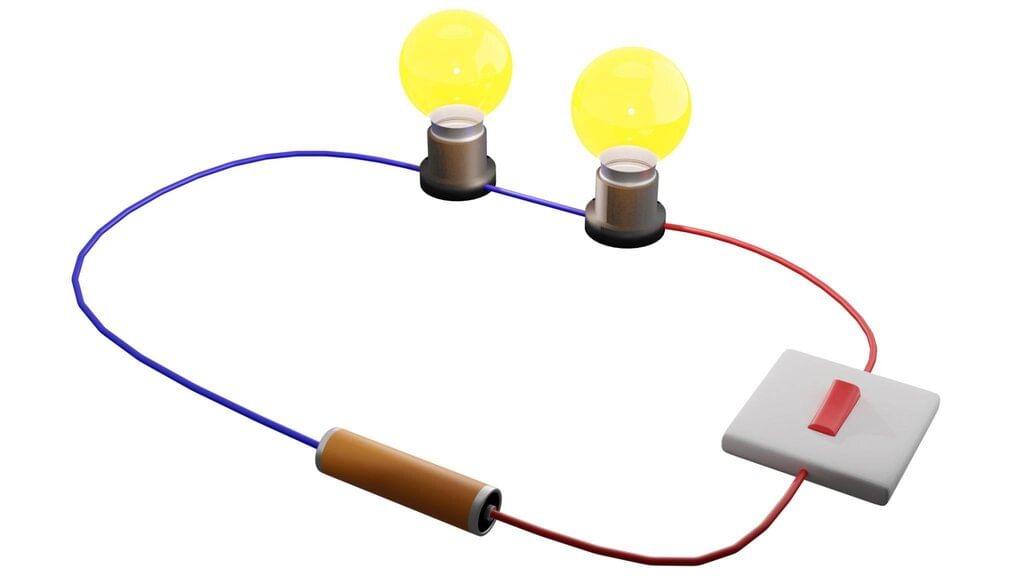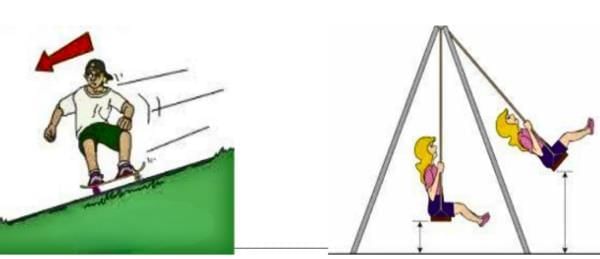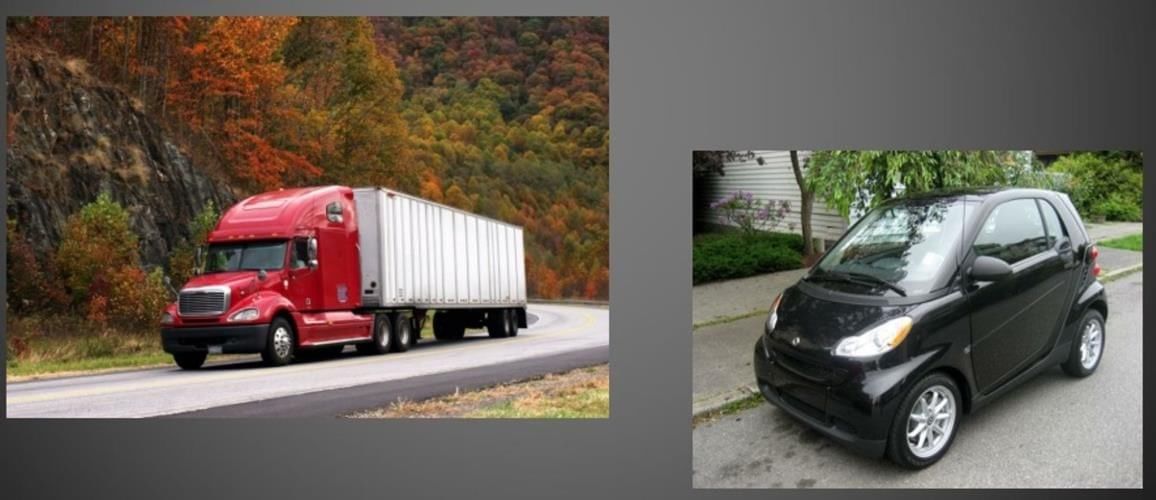Grade 4 Exam > Grade 4 Notes > Science for Grade 4 > Chapter Notes: Energy Transfer in Collisions
Energy Transfer in Collisions Chapter Notes | Science for Grade 4 PDF Download
Introduction
When one object strikes another, a collision occurs, resulting in the transfer of energy from one object to the other. Energy is the capacity to perform work, or simply put, it enables things to happen. The quantity of energy transferred in a collision is determined by the mass and velocity of the moving object.
Collisions happen all around us
- Each day, we witness and encounter countless collisions. A collision might be as soft as a puppy’s lick on your face or as striking as a wrecking ball crashing into a structure.
- Collisions are a common part of daily life. Objects slip from hands and hit the ground. Drumsticks strike drums to produce sounds. Sports are filled with collisions.
- Consider baseball: The batter aims to hit the ball with the bat. At the moment of contact, energy transfers from the swinging bat to the ball, sending it soaring.
Energy transferred when two objects collide

- Do you like to go bowling? When you roll the ball, you transfer energy from the moving ball to the bowling pins.
- Bumper cars provide another clear example. Typically, all the cars are in motion. When one bumper car collides with another, energy is transferred, causing the passengers to feel a shift in their movement. The cars might come to a stop or change direction as a result of the collision’s impact.
The faster an object is moving, the more energy it can transfer

- Faster-moving objects transfer more energy during collisions.
- In a demonstration, a woman and man in bubble suits collide to show energy transfer.
- Energy transfer in collisions depends on an object’s speed, with faster speeds causing greater impact.
- For Example: Dr. Jeff’s mom knocks Izzy farther by running faster, transferring more energy upon collision.
- This principle applies to car safety: high-speed car crashes result in more severe damage due to greater energy transfer.
- Speed limit signs are used to reduce crash severity and enhance driver safety.
The heavier an object, the more energy it can transfer

- Objects with greater mass possess more energy. This is why collisions between trucks and cars are so destructive to cars. In a crash, the substantial energy from the heavy truck is transferred to the lighter car.
- Have you observed that the largest football players are the hardest to stop? When a 300-pound lineman tackles a 100-pound quarterback, the quarterback is easily overpowered.
- In animal territorial disputes, the larger animal typically prevails. Its greater mass allows it to transfer more energy during a collision, giving it an advantage.
The document Energy Transfer in Collisions Chapter Notes | Science for Grade 4 is a part of the Grade 4 Course Science for Grade 4.
All you need of Grade 4 at this link: Grade 4
|
26 videos|122 docs|37 tests
|
FAQs on Energy Transfer in Collisions Chapter Notes - Science for Grade 4
| 1. What is a collision and how does it involve energy transfer? |  |
Ans. A collision occurs when two objects come into contact with each other, resulting in the transfer of energy between them. The energy transferred depends on several factors, including the speed and weight of the objects involved.
| 2. How does the speed of an object affect the energy it can transfer during a collision? |  |
Ans. The faster an object is moving, the more kinetic energy it possesses. This increased speed means that when it collides with another object, it can transfer more energy, potentially causing a greater impact or effect on the other object.
| 3. Does the weight of an object influence the energy transferred in a collision? |  |
Ans. Yes, the weight of an object plays a significant role in energy transfer during a collision. Heavier objects have more mass and, therefore, can carry more kinetic energy. When they collide, they can transfer a larger amount of energy compared to lighter objects moving at the same speed.
| 4. Can you give an example of a collision that demonstrates energy transfer? |  |
Ans. A common example is a car crash. When a moving car collides with a stationary object, the car transfers its kinetic energy to the object and also experiences a change in energy, which can cause damage to both the car and the object. The amount of energy transferred depends on the car's speed and weight.
| 5. Why is understanding energy transfer in collisions important? |  |
Ans. Understanding energy transfer in collisions helps us learn how different forces interact in our world. This knowledge is crucial for safety measures in vehicle design, sports equipment, and even playground equipment, as it can help minimize injuries by managing the energy transferred during collisions.
Related Searches














